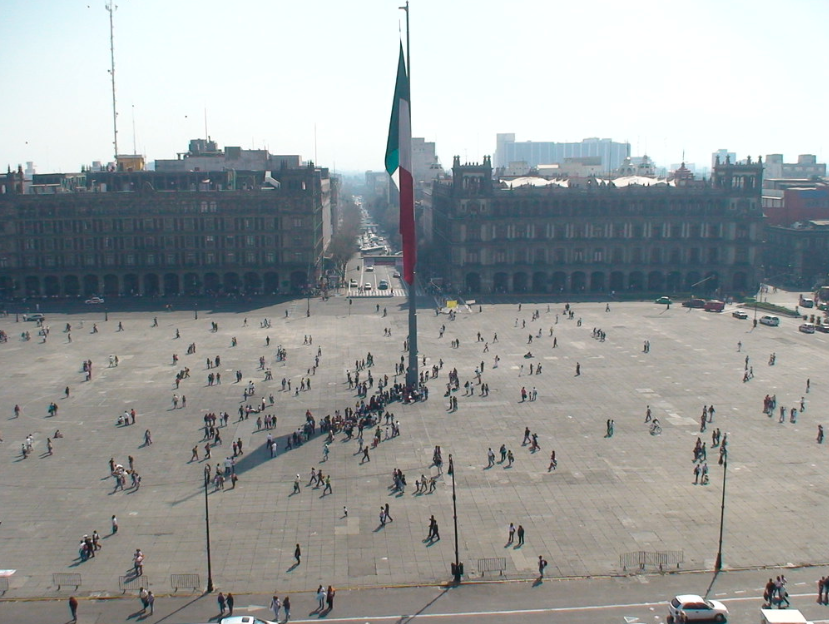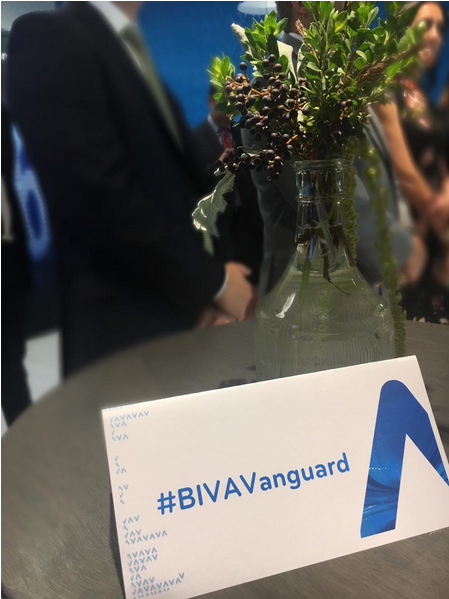The Vanguard FTSE BIVA Mexico Equity ETF (VMEX), the first Vanguard ETF that is domiciled in Mexico, will have been on the market for six months this March.
The ETF that seeks to replicate the FTSE BIVA index, giving investors access and exposure to the Mexican capital market, managed in its first three months to raise 1 billion pesos, even though, by size, institutional investors were still not able to invest in it.
As Juan Hernández, Vanguard’s Country Manager in Mexico, comments in an interview with Funds Society, the goal for the remainder of 2020, rather than to grow in absolute value, which he considers will exceed 100% of assets under management, is that “institutionals participate more actively in the product… For us, success comes when more and more Mexican investors use it,” he says, adding that “we are giving the Mexican market a diversified solution, with an easily accessible structure and it is also the cheapest Mexican variable income product, plus, the index that we choose the FTSE-BIVA has almost 59 issuers from all sectors of the economy, FIBRAs and others, diversification that has rendered more than 100 basis points above the CPI index”.
The VMEX is the first investment vehicle launched by Vanguard in the Latin American market and with it, Mexico became the eighth platform of the American firm. “It is a milestone for Vanguard in Mexico,” says the manager, adding that this product complements his available portfolio in Mexico of more than 90 international ETFs currently listed in the International Quotation System (SIC) that offer international exposure, mainly to the United States and Europe to Mexican investors.
“Hopefully it will be the first of many products we launch. We want to be a local asset manager, using Mexican asset classes. It is somewhere where we want to participate and add value. Always with the Vanguard philosophy of offering well-diversified products at low cost”, he comments.
Hernandez also tells us that, as an asset class, they are analyzing Mexican fixed income to see what their next product could be. Adding that they are not the type to launch niche products but rather focus on the “large asset classes that make sense for the vast majority of portfolios, because it is there where we can add scale and offer products at very low cost… We look forward to announcing a Mexican fixed income product this year.” He points out.
About the industry in general, Hernández considers that the regulatory changes seen in the afores (Mexican pension funds) last year, such as the transtition to taget-date funds or the fact that international mutual funds can finally be used, have been very positive for the market and he would like to see the proposal to raise the 20% limit afores’ limist on foreign investment made into effect. However, he also notes that important advances are being made in the market in general in terms of diversification. “The portfolio part of multi-asset strategies is already above 15% of the market and although there is an industry that mainly invests in short-term Mexican fixed income, that percentage has been decreasing at the expense of multi-asset solutions and foreign securities. The trend is positive in that Mexicans increasingly diversify their portfolios and, from our point of view, they are building portfolios better, in terms of risk return and we are contributing to this in terms of product and advice.” He concludes.



